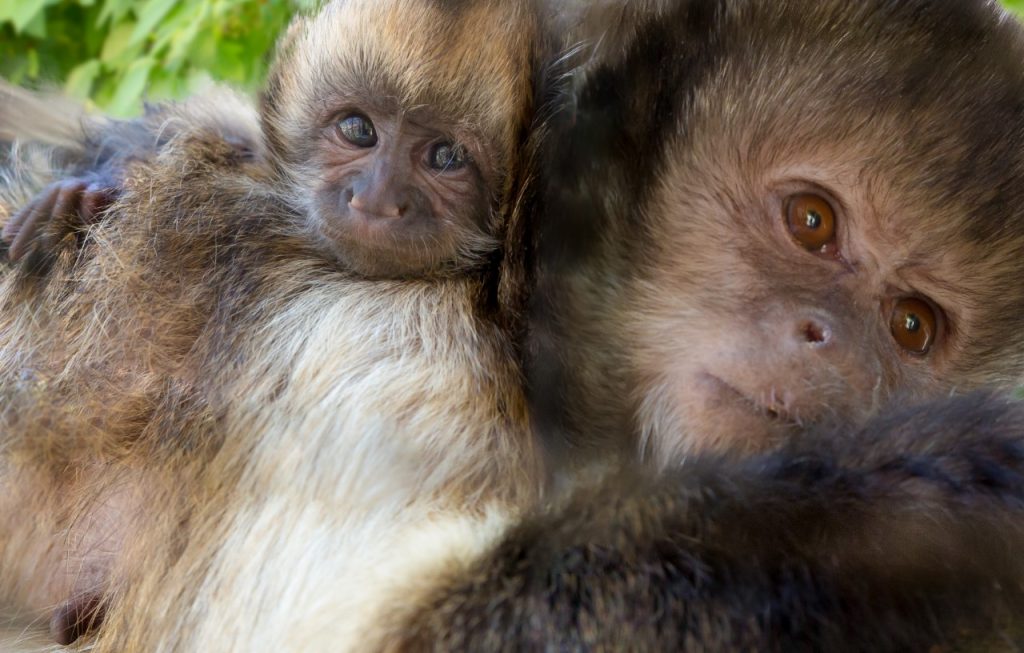Application of allometric field metabolic rate equations to predict energy and food requirements of leopard tortoises (Geochelone pardalis)
Citation
Higgins C, Edwards M. 2009. Application of allometric field metabolic rate equations to predict energy and food requirements of leopard tortoises (Geochelone pardalis). In Ward A, Treiber K, Schmidt D, Coslik A, Maslanka M, Eds. Proceedings of the Eighth Conference on Zoo and Wildlife Nutrition, AZA Nutrition Advisory Group, Tulsa, OK.
Abstract
In the absence of species specific energy requirements, allometric formulas are one method to predict practical diet quantities. The objective of this study was to quantify individual voluntary dry matter (DMI), metabolizable energy (MEI) intake and body weight (BW) in 18 juvenile leopard tortoises (Geochelone pardalis). Over two 15-day periods (A, B), each animal was offered a nutritionally complete, extruded tortoise diet and coastal bermudagrass hay in excess of predicted dietary energy requirements as calculated by the allometric field metabolic rate (FMR) equation (0.232 x BWg^0.813) for herbivorous reptiles. Environmental conditions within the animal areas were monitored. Average daily food intake, expressed in DM g or kJ ME BWg^0.813-1, did not differ significantly between the two trials (P > 0.05). The average MEI of animals in this study, across both periods, was 0.162 kJ BWg^0.813-1, or approximately 70% of the predicted MEI for herbivorous reptiles. As anticipated due to seasonal changes and open-style design of the holding area, mean ambient and floor temperatures from Period A to Period B (P < 0.05). Supplemental heat source temperatures did not differ significantly (P < 0.539). Mean BW increased with Periods A and B 16.1 ± 41.4 g (P > 0.05) and 29.0 ± 50.1 g (P > 0.05), respectively. Across the two trial periods (77 d), there was a 135.7 g increase in mean BW (P < 0.05). The allometric formula developed for herbivorous reptiles over- predicted the MEI of the animals in this study. Continued, long-term data collection from this controlled population of leopard tortoises should provide practical benchmarks for management of the species.
 21_HigginsTortoiseEnergy.pdf 297 KB
21_HigginsTortoiseEnergy.pdf 297 KB








